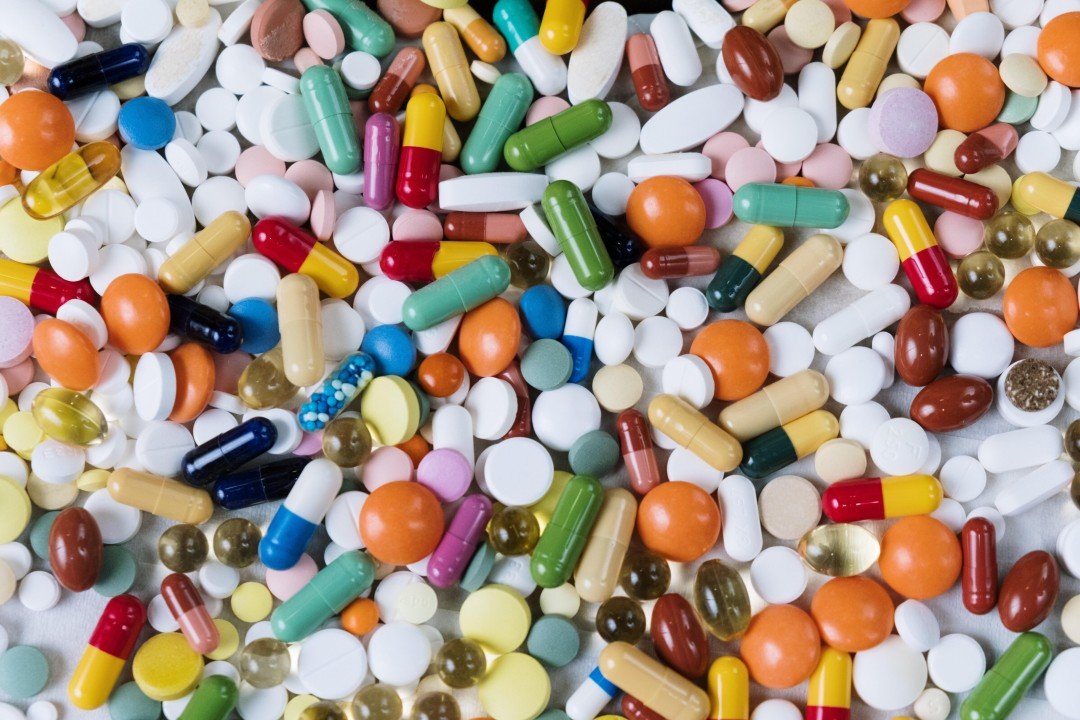Diagnostic Testing to Improve Medication Safety and Reduce Drug and Antimicrobial Resistance
When individuals are ill, they have a common expectation when they visit a healthcare professional (doctor, community healthcare worker, pharmacist, etc.): to leave the session with a treatment which will “fix them.” However, as many of us know, it’s usually not that simple. Reaching the correct diagnosis can be complex and multifaceted. Oftentimes an individual’s health profile is layered, with episodic illnesses stacking on top of chronic conditions, underlying allergies, and intolerances — to name just a few. Additionally, a patient may present with symptoms common to multiple conditions, making a clear diagnosis even more difficult. Coupling those challenges with a rise in drug and antimicrobial resistance, illuminates a threat to communities world-wide. Enabling access to a range of tests, especially ones which return results rapidly and which can be self-administered by the patient, provides timely data in an efficient and convenient way to ensure provided medications are necessary and appropriate.
The intersection of PrEP & ART
For individuals at risk of contracting HIV, pre-exposure prophylaxis (PrEP) is a highly effective medication. However, in order to take PrEP, an individual must test for HIV on a regular basis (every 3 months) to ensure that they have not seroconverted to HIV-positive. According to the World Health Organization (WHO), since PrEP medications contain some of the same components of antiretroviral therapy (ART) — PrEP contains two antiretrovirals for preventative use, while HIV treatment medications contain a combination of three antiretroviral drugs — taking PrEP while HIV-positive may lead to ART treatment failure and possible resistance. Therefore, access to HIV testing when and where it is most convenient for an individual can be critical to ensure the right medication is being used for the right situation. A testing and PrEP administration protocol that doesn’t require every visit to occur within a specific clinical environment increases access by providing flexibility for individuals living in remote locations or transient living arrangements. Accessible medications and a low barrier to entry leads to improved adherence, and in the case of PrEP, medication adherence has a direct link to the patient’s overall safety as “PrEP reduces the risk of getting HIV from sex by about 99% when taken as prescribed” (CDC). When testing at home is easily available, at-risk individuals can test more frequently so they understand their current status to both prevent the spread of HIV and reduce potential conflict with ART.
Commonalities in malaria, COVID-19, and tuberculosis
In malaria endemic areas, an illness including a fever is often assumed to be malaria, leading to demand for antimalarial drugs without diagnostic testing. Even when testing is conducted, antimalarial drugs are sometimes given when the test result is negative, which could eventually lead to antimicrobial resistance. Providing treatment for a negative test could be related to a health worker having limited treatment options to treat fevers, pressure from the patient to receive a treatment, and/or lack of understanding of all the possible causes of fevers and the best management approach for each scenario. The potential misuse of antimalarials may not only lead to future drug resistance and reduced efficacy, but may overlook the possibility of a different illness.
If the prevailing belief in some geographies is that a fever equals malaria, and malaria medication is readily available in those locations, how many people may be inappropriately treated for malaria?
There are many overlapping symptoms between malaria, COVID-19, HIV, and tuberculosis. According to aidsmap, “Almost two-thirds of a cohort of Kenyans newly infected with HIV had sought treatment for fever, and 40% of these received presumptive treatment for malaria, but only 12% were tested for HIV.” If the prevailing belief in some geographies is that a fever equals malaria, and malaria medication is readily available in those locations, how many people may be inappropriately treated for malaria? In the case of tuberculosis, the WHO estimates that nearly 10 million people developed tuberculosis in 2020, however NEJM reported that only 5.8 million cases were diagnosed and reported as a result of the COVID-19 pandemic. My colleague, Dino Rech, recently posed a similar question, wondering “How many people with respiratory system symptoms were tested for COVID-19? How many negative test results were there, and how often were these negative cases further explored to identify the cause of symptoms? One wonders how many TB cases we missed and — with a little more effort, investment, and focus — could have been identified and treated.”
September 17 is World Patient Safety Day. This year, the WHO has put an emphasis on medication safety and “the need to adopt a systems approach and promote safe medication practices to prevent medication errors and reduce medication-related harm.” Potential harm is possible for patients who misuse a drug or do not take it as prescribed. Misuse may cause the drug to not work as well in the future — e.g. drug-resistant malaria or tuberculosis — or one drug may reduce the efficacy of other drugs or treatments if taken under the wrong conditions — e.g. the relationship between HIV PrEP and ART. Rapid testing and self-testing are valuable tools for health workers and individuals which, when properly leveraged, inform treatment and medication administration, leading to less drug or antimicrobial resistance and increased effectiveness and safety.

